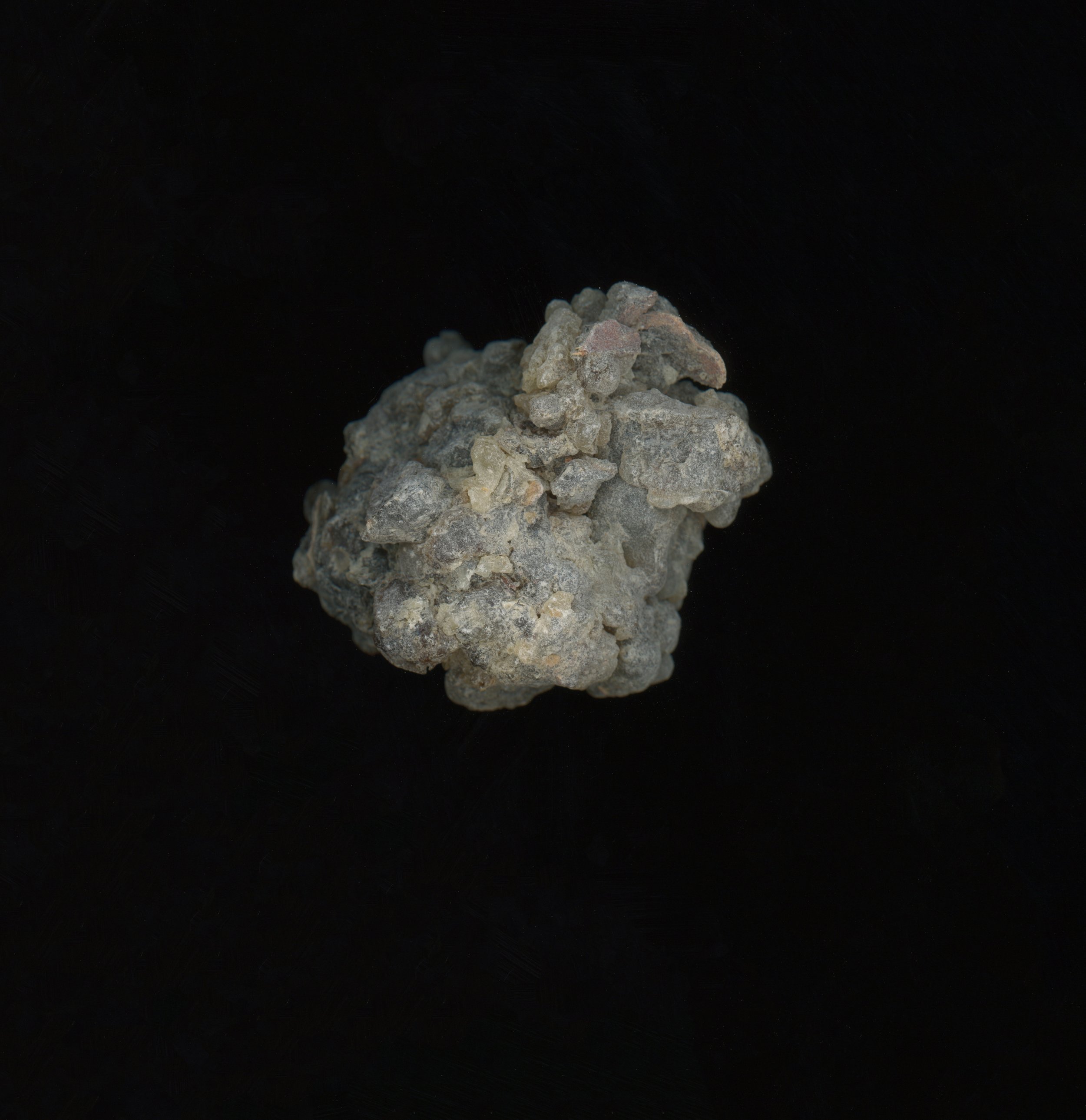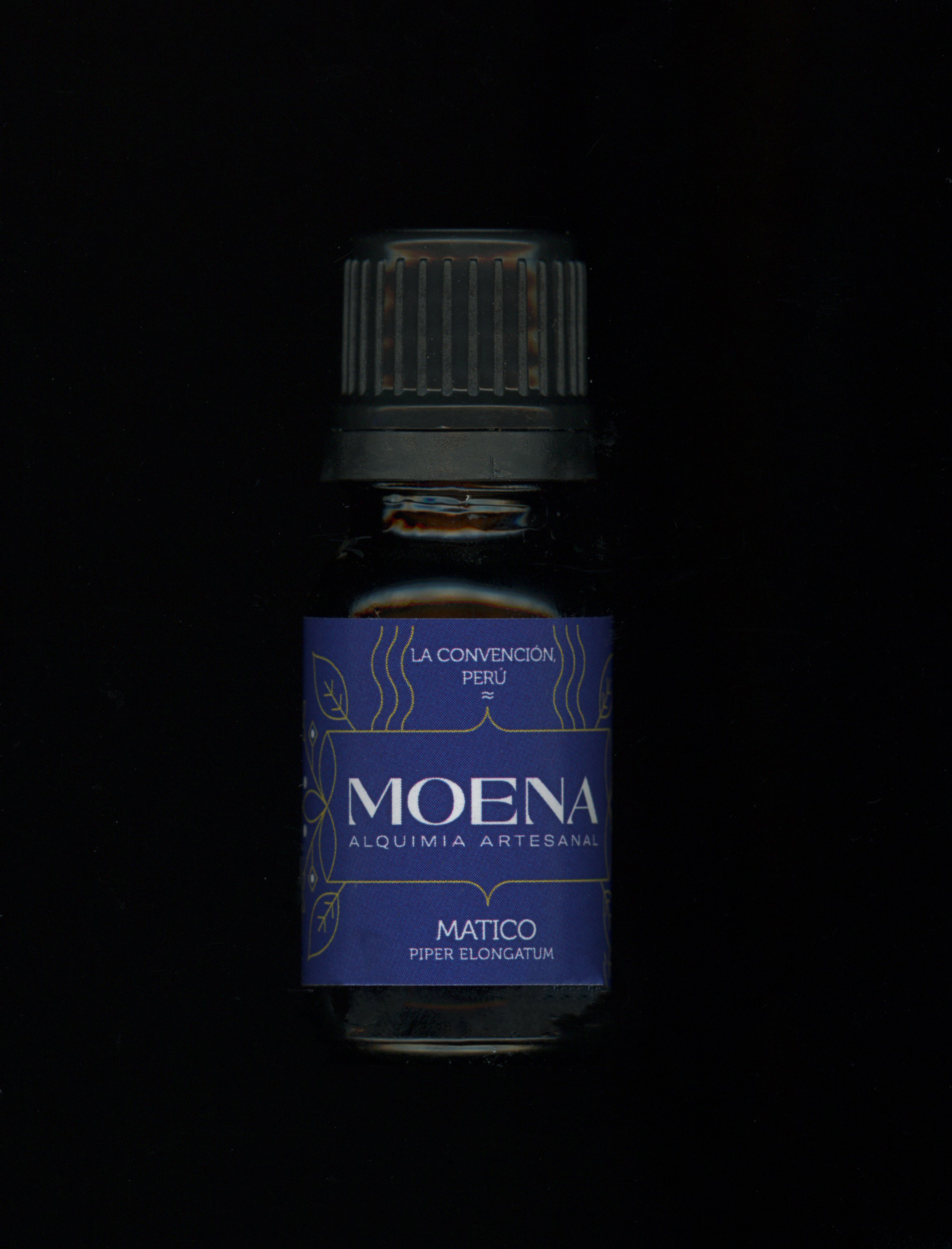Scent: A warm, sweet and spicy scent that is only vaguely reminiscent of Old World sage species.
Botanical Name: Lepechinia meyenii
Origin: Calca, Peru
Method of Extraction: Steam Distillation
Benefits and Properties: Used for altitude-related digestion issues, Puna Salvia is also commonly collected by Andean healers as an aromatic, macerated in alcohol in "seguros" ritually-used bottles encapsulating the herbs of certain important landscapes, particularly highland lagoons.
How to Use:
Aromatherapy: Add a few drops of the oil to a diffuser or aroma burner to fill your space with its warm and spicy fragrance. It can create a soothing and relaxing atmosphere, helping to ease stress and uplift your mood.
Topical Application: Dilute a few drops of Puna Salvia essential oil with a carrier oil like jojoba or coconut oil. Apply the diluted oil to your skin, focusing on areas with digestion-related discomfort. Massage it gently until absorbed.
About the Plant: Puna Salvia, scientifically known as Lepechinia meyenii, is a fascinating herb native to the high Andean tundra and grasslands of the puna and quechua ecological zones. This low-growing ground cover plant thrives in the mountainous regions, particularly around alpine lakes, in the Andean regions of South America. The plant belongs to the Lamiaceae family, which includes many aromatic herbs. Puna Salvia stands out with its unique warm, sweet, and spicy scent, reminiscent of sage species found in the Old World, but with its own distinct aroma.
In the Andean culture, Puna Salvia holds significant importance and is highly regarded by traditional healers or curanderos. They collect the herb and use it as an aromatic element in their rituals. Puna Salvia is macerated in alcohol and placed in "seguros," which are ritual bottles used to encapsulate the essence of specific landscapes, especially around highland lagoons. Aside from its ritual use, Puna Salvia has practical applications too. It is valued for its potential to address altitude-related digestive issues, providing comfort to those adjusting to high-altitude environments.
The plant's adaptability to harsh conditions, including high altitudes and limited water availability, makes it an exceptional survivor in the Andean ecosystem. Its presence in the alpine landscape adds a touch of beauty and diversity to the breathtaking Andean scenery.
Native Range: The native range of Puna Salvia (Lepechinia meyenii) is the high Andean tundra and grasslands of the Puna and Quechua ecological zones in South America. Specifically, it is found in the Andean regions of countries like Peru, Bolivia, and possibly other neighboring countries within the Andean mountain range. This herb thrives in the challenging conditions of high-altitude environments, making it well-adapted to the mountainous landscapes and alpine lakes characteristic of the Andean highlands.
Cultivation: Puna Salvia (Lepechinia meyenii) is cultivated for its essential oil through a carefully managed process. The leaves and flowering tops, rich in aromatic compounds, are harvested during full bloom. After harvesting, the plant material is dried to reduce moisture content and ensure efficient steam distillation. The dried leaves and flowers are then chopped or shredded to increase the surface area for steam penetration. Steam distillation involves passing steam through the plant material, rupturing essential oil glands and releasing the aromatic compounds. The steam carries the essential oil vapor to a cooling system, where it condenses into a mixture of essential oil and water.
Conservation Status: Many plant species, including those native to specific regions like the Andean highlands, may face various threats due to climate change and deforestation. Climate change can impact the habitats, precipitation patterns, and temperature ranges that are crucial for the survival and reproduction of plant species. Deforestation, on the other hand, can directly lead to habitat loss, reducing the available space for Puna Salvia populations to grow and thrive. Additionally, deforestation can disrupt the ecological balance and interactions that support the species and the broader ecosystem.











